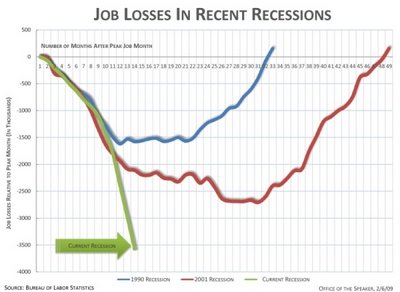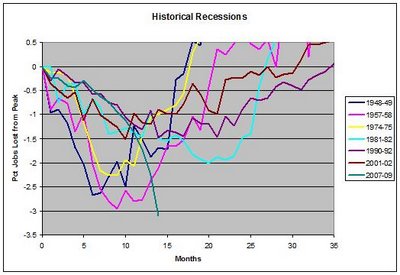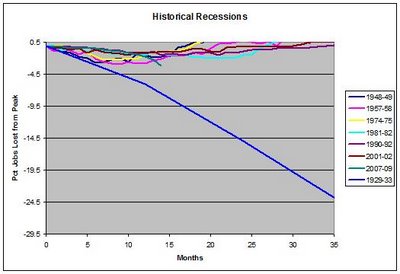But with the massive drops in property values over the last few years, most California homes are actually taxed at their actual values. This chart shows the maximum possible assessed value of a median California home based on the year it was purchased (in brown) and the actual assessed value (in blue). For the most part, only home purchased before 1988 are assessed below their real value:

This obviously varies from city-to-city, but in many places in the state - particularly any subdivision built after 1980 - no homeowner benefits from Proposition 13 anymore.
This chart shows the annual financial benefit for a median home based on the year of purchase:

This is clearly very skewed towards older homeowners. Housing prices are expected to remain flat for the foreseeable future, so by 2012 or 2013, only a very small proportion of homes purchased in the last 30 years would receive any benefit from Proposition 13.
So why bother even having the law on the books? As with Rent Control laws, it made sense to insulate homeowners from the rapid increase in property taxes that occurred as housing prices were bid up irrationally from 1999-2006. But there isn't really a good reason for assessing homes below market value in the long run.
Changing the maximum annual re-assessment from 2% to 5% would bring most assessments in the state in line with their real values while giving taxpayers a decade to adjust to the new law. And if we required the legislation to be revenue-neutral, then the maximum property tax payment could be reduced from 1% of assessed value to 0.9% or 0.8%. Proposition 13 has resulted in a massive wealth transfer from the young to the old; it's time it went the other way.






